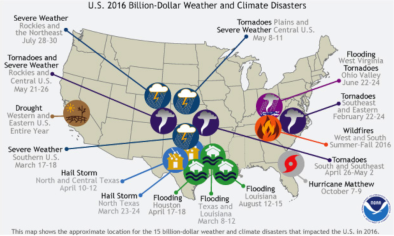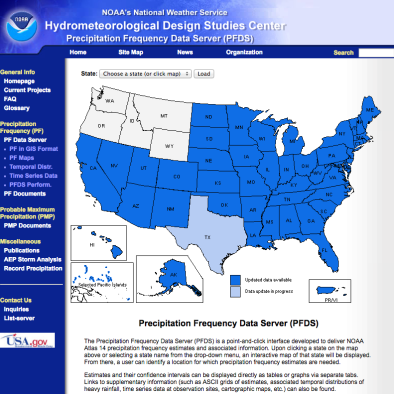Science Source
Rapid attribution of the August 2016 flood-inducing extreme precipitation in south Louisiana to climate change
Note: The findings presented in this study were originally done as part of a rapid attribution analysis in September 2016, available here
- Finds that the probability of a 3-day precipitation extreme like the event observed August 12th-14th occurring anywhere in the Central Gulf Coast region has increased and the increase is due to human-caused climate change
- Finds that an event like this is now expected to occur at least 40 percent more often than it was in our pre-industrial past
- Finds that the increase in probability corresponds to an increase in intensity of roughly 10%
- Finds that the probability for a comparable three-day extreme precipitation event at a single station as high as what was observed August 12-14 (25.5 inches) is somewhere between a 1-in-450 year and a 1-in-1450 year event (note: it was not the maximum rainfall at a single station that resulted in such catastrophic flooding, it was the total rainfall over the entire affected area)
- States that the event is best characterized as a 1-in-550 year event locally
- States that an event like this currently occurs somewhere along the Central U.S. Gulf Coast region about once every 30 years (between 11 and 110 years)
Related Content
Headline

Jan 10, 2017 | NOAA Climate.gov
2016: A historic year for billion-dollar weather and climate disasters in U.S.
Science Source
| Geophysical Research Letters
Recent trends in U.S. flood risk
Slater, Louise J., Villarini et al
Real Time Data

Oct 13, 2016 | NOAA
US Precipitation Frequency Data Server
Science Source
| Journal of Climate
Global Water Vapor Trend from 1988 to 2011 and Its Diurnal Asymmetry Based on GPS, Radiosonde, and Microwave Satellite Measurements
Wang, Dai, and Mears


